ECUADOR: 19 Days Birding or Photography - Central Ecuador including 5 Days Amazon

With an impressive 1600+ bird species Ecuador is internationally known as one of the ultimate birding destinations. The country straddles the equator on South America’s west coast. Its diverse landscape encompasses Amazon jungle, Andean highlands and the wildlife-rich Galápagos Islands. In the Andean foothills at an elevation of 2,850m lies Quito, the capital, from where our trip will both commence and end.
Birding: Our specialist bird guides have years of experience to make this an unforgettable birding trip,
OR
Photography: Our Specialist Birding Photography focused trip in Ecuador includes:
- a highly recommended, experienced and knowledgeable local
photographer and bird guide to guide you through photography
challenges like backlit forest canopies and the low light forest floor
- four unique photographic insect & fruit photography hides/blinds
- hummingbird remote flash photography training
- macro photography training
- close-up photographic encounters
- incredible landscape photographic opportunities
Multiple visits to Ecuador is needed to explore all of it's diverse habitats. On this extended trip compared to the 15 day trip we will have more time at several key areas, additional destinations have been added as well. The focus is still on Central Ecuador Cloud Forests, the Andes and the Amazon Rain Forest. You will be introduced to some of the enigmatic and well sought-after species at close quarters.
"What a wonderful tour, very well organised, extremely knowledgeable and helpful guides, comfortable accommodation, great food and a spectacular 459 lifers. We had such fun!! Thank you Casper and your team, the tour exceeded our wildest dreams." - Trygve & Anne Hvidsten, September 2021
"Back from a magical 18 day Ecuador Birding Tour organised & facilitated by Birding & Wildlife Safaris – the trip of a lifetime! There were too many wonderful highlights to list but watching Andean Condors soaring above us & then swooping down to their nest site was spectacular. The humming bird feeders provided incredible viewing for hours at a time with great opportunities to get to see such a variety up close – from the Giant & Sword-billed Hummingbirds through to the little Booted Racquet-tail & tiny White-bellied Woodstar. We were incredibly lucky with Antpittas too – the most special sighting of which was a female Giant Antpitta feeding her two chicks in the nest at Angel Paz. Angel Paz was also where we saw the beautiful Andean Cock of the Rock display. Many happy and great memories of a truly fantastic trip." - Hugh & Julie Marshall, March/April 2022,
Itinerary tab directly below, next to the gallery tab
Gallery
Itinerary
Click on each day to see daily itinerary & target species
Day 1 Quito
You will be arriving in Quito on your international. Your transfer will meet you in the airport arrival hall from where it will be a short 20 minute drive to your accommodation. Today you will have time to acclimatise to the high altitude as well as taking a rest from your overnight flight. Feeders, fruit and water features in the garden attract birds, providing our first photography opportunities. Your guide will meet with you to discuss the itinerary.
Target birds: Blue and yellow Tanager, Scrub Tanager, Saffron Finch, Sparkling Violetear, Blue-gray Tanager, Black-tailed Trainbearer Hummingbird
Day 2 Mindo: Yanacocha Reserve, Zuro Loma, Alambi
Our adventure starts early in the morning as we depart at 6:30am for the Mindo Valley. We will first head towards the northwest of Pichincha where we will visit the beautiful Yanacocha Nature Reserve. Our focus here will be on hummingbirds and mountain tanagers. From here we will continue to Zuro Loma to focus on three species of Antpitta, Chestnut-napped, Chestnut-crowned and Ruffous Antpitta
After lunch we will visit Alambi Cloud Forest Reserve, one of the best places for hummingbird sightings In Ecuador. 32 Hummingbird species have been recorded here. Departing late afternoon from Alambi we will head south to the Mindo Valley and our accommodation for the night in Sachatamia Reserve.
Target birds: Sword-billed Hummingbird, Scarlet-bellied Mountain-Tanager, Black-cheeked Mountain-Tanager, Hooded Mountain-Tanager, Shining Sunbeam, Sapphire-vented Puffleg, Andean Guan, Tyrian Metal-tail, Chestnut-napped Antpitta, Chestnut-crowned Antpitta and Ruffous Antpitta
Day 3 Full day Sachatamia
Sachatamia is a private, ecological reserve exceeding 120 hectares of cloud-rain forest. Our lodge is located in the Sachatamia Reserve renowed as one of the foremost in terms of the wealth of biodiversity, rich in flora and fauna. The reserve has attained first place in the annual count of bird species on a global level.
Today we will have a full day of photography at Sachatamia Lodge visiting a photographic hide with a moth feeder for insect eating birds. We will also focus on remote multi-flash hummingbird photography.
Target birds: Rufous-breasted Ant-thrush, Masked Trogon, Golden-crowned Flycatcher, Beryl-spangled Tanager, Booted Racket-tail, Violet-tailed Sylph, Velvet-purple Coronet, Collared Inca, Strong-billed Woodcreeper, Ornate Flycatcher
Day 4 The Birdwatcher's House
It is a short drive from Sachatamia to the Birdwatcher's House of Vinicio Perez. Located at an altitude of 1800 m the house is just off of the world renowned Nono-Mindo Road. A covered hide overlooking a clearing in the forest is lit by powerful lamps shining onto the surface of large white sheets pinned vertically on posts. Basically two huge moth traps – creating an artificially high concentration of food for the insect-eaters in the neighbouring jungle. As daylight breaks birds come to feast on all these moths. This gives us an extraordinary opportunity to watch forest birds that would normally be frustratingly difficult to observe. The same can be said for his other hide where the superbly placed natural-looking branches are stuffed with food to attract tanagers and toucans. This provides exceptional opportunities to photography.
Target birds: Strong-billed and Montane Woodcreepers, Lineated Foliage-gleaner, Streak-capped Treehunter, Spotted Barbtail, Spillman’s Tapaculo, Cinnamon Flycatcher, Smoke-coloured Pewee, Golden-crowned Flycatcher, Gray-breasted Wood-wren, Slaty-backed Nightingale Thrush, Uniform Antshrike, Yellow-throated Antpitta, Lemon-rumped, Flame-faced, Golden, Golden-naped, Black-capped and Blue-capped Tanagers and Plate-billed Mountain Toucan
Day 5 Angel Paz
We’ll begin by getting up before daylight and driving 30 minutes to a site where Cock-of-the-Rock is known to display. The lekking site is in the Refugio Paz de las Aves a reserve owned and managed by Angel Paz and his brothers. Angel is famous for pioneering a way of attracting antpittas to particular locations where they can be easily seen by visitors. The most famous of these is ‘his’ Giant Pitta called ‘Maria’. He calls her name and if she comes he rewards her with grubs. So, instead of wandering through these jungles with the vain hope of seeing an antpitta, we’ll be able to follow Angel or his staff to particular spots where, all being well, the birds will come to us. In addition to Maria, we might also be introduced to ‘Shakira’, an Ochre-breasted Antpitta famous for her gyrating hips as well as a Moustached Antpitta, a Chestnut-crowned Antpitta, several Dark-backed Wood-Quails and ‘Pepito’ a Rufous-breasted Ant-thrush – all ‘impossible’ birds made possible by Angel and his staff. We will also keep an eye open for other species occurring in the reserve.
Target birds: Cock-of-the-rock, Rufous-fronted Wood-Quail, Yellow-breasted Antpitta, Moustached Antpitta, Ochre-breasted Antpitta, Tawny-bellied Hermit, White-whiskered Hermit, Chocó Trogon, Club winged Manakin, Rufous Motmot, Rufous throated Tanager, Silver throated Tanager, Green Thorntail, Umbrella Bird, Golden headed Quetzal
Day 6 Silanche
We will drive to Rio Silanche today. This important site, one of the last remaining accessible forest remnants found in this key life-zone, is situated in hilly lowland forest at an altitude between 300-350m. Río Silanche is known for the mixed-species foraging flocks packed with many important Chocó regional endemic species. Many of these bird species are otherwise difficult to find without arranging a far more logistically complicated expedition to Esmeraldas province or even Colombia. We will explore the trails and canopy tower.
Alternatively the Long-wattled Umbrella Bird lek is a strenuous 45 minute walk, which can be muddy in wet conditions, for those that are strong enough to do the trek.
Target species: Purple-chested Hummingbird, Chocó Trogon, Double-banded Graytail, Moustached/Griscom’s Antwren, Stub-tailed Antbird, Black-tipped Cotinga, Slate-throated Gnatcatcher, Scarlet-breasted Dacnis, Scarlet-and-white Tanager, Blue-whiskered Tanager.
Day 7 Mashpi Amaguza
In Ecuador, the Mashpi Reserve is one of the few regions that encompasses both rainforest and cloud forest (as well as many other ecosystems). As you descend from the Andes traveling west, the montane forests give way to the cloud forest between 2,200 meters (7,218 feet) and 900 meters (2,953 feet) above sea level. This cloud forest gradually transforms into a tropical, coastal rainforest that runs nearly all the way to Ecuador’s Pacific Coast. The total area of the Choco region (a major region in which the Mashpi Reserve is located) in Ecuador is approximately 47,000 km2 (18,146 mi2). The specific location of these forests makes it even more special since this area is the last foothill-forest that directly connects to the lower subtropical western forest of Ecuador. Its unique location makes it particularly attractive for birders looking for the highest biodiversity regions with choco endemic birds. 22 Choco-region Endemic species occur here.
You will take lunch boxes with and spend the day at the feeders and in the forest. We will visit a new established Andean Cock-of-the-rock lek facility, an excellent addition to our itinerary with great photographic opportunities. In the late afternoon we will return to Quito.
Target birds: Toucan Barbet, Glistening-green Tanager, Moss-backed Tanager, Blue-winged Mountain-Tanager, Golden-collared Honeycreeper, Orange-breasted Fruiteater, Andean Cock-of-the-Rock
Day 8 to 12 Amazon Rain Forest
Today we have an early 30 minute flight from Quito to the town of El Coca. El Coca, is the capital of province of Orellana in eastern Ecuador. The city is located in the Amazon Rainforest at the confluence of the Coca River and the Napo River. At around 10am we will take a 3 hour canoe ride to our lodge for the next 4 nights. Mandi Lodge is located in the Yasuní National Park that is considered the most biodiverse area in the world. The area is managed by the community of Pilche. Our staying in the area contributes economically for the development of this community. After arrival we will do our first afternoon birding around the lodge and at the river’s edge.
On our second day here we will visit Sani Lodge located 1 hour from our lodge. A bird watching tower of 35 meters high offers very good opportunities for bird watching and bird photography. The surrounding river banks and flooded forests provide excellent habitat.
Our third day is focused on a clay lick. The famous Añangu community is a mere 15 minutes from our lodge. With luck we will be able to see not only parrots and macaws, but also mammals like monkeys and peccaries.
Day four will be time to pay a morning visit the Añangu Birding Tower managed by the Añangu community, which is 10 minutes from our lodge. In the afternoon we will visit islands of the Napo River looking for Sungrebe and Lapwing.
Our last day in the Amazon forest will be an early rise to go to another clay lick located 15 minutes from our lodge to observe different species of parrots and parakeets. Hereafter we will return to the city of El Coca and board our flight back to Quito and Puembo Birding Garden where we will relax for the rest of the afternoon before your transfer to either your next destination or your flight home. *Please inquiry if you need accommodation to be booked for an extra night.
Amazon target birds: Flocks of Oropendolas, Aracaris, Tanagers, and Euphonias roam the canopy in search of fruit, Plum-throated Cotingas in the treetops, raptors perch on vantage points to dry off in the morning sun, White-browed Purpletufts and Crowned Slaty Flycatchers sally for insects, numerous parrots and macaws fly by or drop in if there is a fruiting tree nearby, and many other species wander past (and through!) the tower trees. Rufescent Tiger-Heron, Sungrebe, Redbellied Macaw, and Green-and-rufous Kingfisher, Bare-necked Fruit Crow, Black headed Parrot, Blue- throated Pinping Guan, Capped Heron, Cobalt winged Parakeet, Crested Oropendola, Paradise Tanager, Double toothed kite, Opal crowned Tanager, Scarlet Macaw, Southern Lapwing and much more.
Day 13 Antisana and Chians Reserve
The Antisana and Chains Reserves are probably the best places to photograph the Ecuadorian Hillstar and Andean Condor in the Ecuadorian Andes. It will be best to dress warm and be prepared for alpine weather that may involve rain or snow. We will also have opportunities to photograph landscapes and birds of prey. Lunch will be at Tamba Condor with beautiful views of the Andes paroma. We will drive further down the Andean slopes to Guango where we will spend the night.
Target birds: Andean Condor, Black-faced Ibis, Variable Hawk, Black-chested Buzzard-Eagle, Giant Hummingbird, Carunculated Caracara, Curve-billed Tinamou, Andean Lapwing
Day 14: Pappallacta pass and Guango
This can be a cold day so be prepared for all kind of weather. In the morning, you will visit Papallacta pass located in the eastern Andes which includes the Papallacta mountain pass.
Target birds: Rufous-bellied Seedsnipe, Tawny Antpitta, Ecuadorian Hillstar, Bar-winged Cinclodes, Stout-billed Cinclodes, Paramo Ground-Tyrant, and Plumbeous Sierra-Finch.
We will visit the forested slopes and streams of Guango that will allow us to obtain different species of the páramo region with Torrent Duck and White-capped Dipper high on our list of species to see. This is also the best area for observing the Spectacled Bear.
Target birds: Torrent Duck, Hooded mountain-tanager, Turquoise Jay, Sword-billed hummingbird, White-capped dipper, Andean Potoo, Chestnut-breasted Coronet, White-bellied Woodstar, Long-tailed Sylph
Day 15, 16 Wildsumaco
After spending the morning around Guango to catch up on any species we might have dipped on the previous day we will continue to the forests at Wildsumaco. The forest at here is loaded with east slope foothill specialties not easily seen elsewhere. . There is also an antpitta feeder accessed by about a 20 minute walk down a well-built trail. Plain-backed Antpitta and Ochre-breasted Antpitta are the targets, and if they have been coming in recently we’ll devote time to seeing them. Black-faced Antbird arrives for an early morning feed at WildSumaco.
Target species: Coppery-chested Jacamar, Lined Antshrike, Golden-collared Toucanet, Blue-rumped Manakin, Plain-backed Antpitta and Ochre-breasted Antpitta, Black-faced Antbird. Hummingbird activity is very good here with Napo Sabrewing hopefully being the star of the show, Brown and Sparkling Violetears, Green Hermit, Ecuadorian Piedtail, Wire-crested Thorntail, Booted Rackettail, Violet-fronted Brilliant, Golden-tailed Sapphire, and Many-spotted Hummingbird.
Day 11,18 San Isidro
We will spend most of this morning birding at Wildsumaco and then depart for San Isidro. San Isidro is an excellent Lodge and it has photography blinds, we will spend the afternoon and the next morning photographing different bird species around the hotel and from the deck. On a trail a mere 50 meters from the restaurant it is possible to photograph White-bellied Antpitta.
Roadsides and trails through the forest of the private reserve offer superb birding opportunities.
Target species: Mountain Cacique, Masked trogon, , Blackburnian Warbler, Canada Warbler, Saffron-crowned tanager, Montane woodcreeper, Crested Quetzal, Inca Jay, Gorgeted Woodstar, San Isidro Owl, Montane Woodcreeper, White-bellied Antpitta, Black-billed Mountain-Toucan, Black-chested Fruiteater, Bicolored Antvireo, White-capped Tanager, Bronzy and Collared Incas, Long-tailed Sylph, Fawn-breasted Brilliant, Rufous-crowned Tody Tyrant.
Day 19 Borja, Quito
On our last morning in Ecuador we will stop at a recent exciting addition to our itinerary, Borja where the Gorgeted Woodstar is more common. We will arrive in the afternoon in Quito where there will be time for a shower, dinner and some last packing before your evening departure flight.
Target species: Feeders - White-tailed Hillstar, Gorgeted Woodstar, Violet-fronted Brilliant, the buff-booted form of Booted Racket-tail. Roadside birding - Torrent Duck, Southern Lapwing, Andean Motmot, Golden-headed and Crested Quetzals, Southern Emerald-Toucanet, Green (Inca) Jay, Spot-breasted Woodpeckers, Olive-backed Woodcreeper, Lemon-browed Flycatcher, Ash-browed Spinetail, Golden-faced Tyrannulet, Orange-eared and Golden-eared Tanagers
Rates
Birding in Ecuador is not seasonal and is excellent all year round.
Please inquire for rates
Included: Transfers to and from airport, specialized photography guide, all meals, all accommodation, entrance fees to reserves and national parks, transport, bird list
Excluded: International flights, soft drinks, alcoholic beverages, travel and medical insurance, laundry or any other additional services, tips.




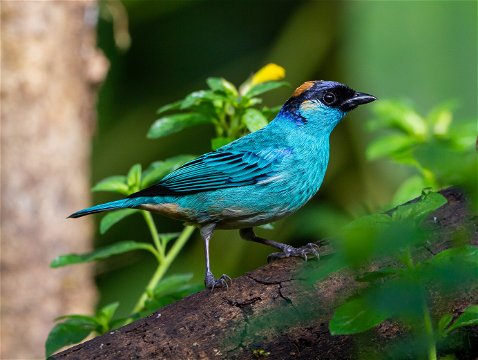

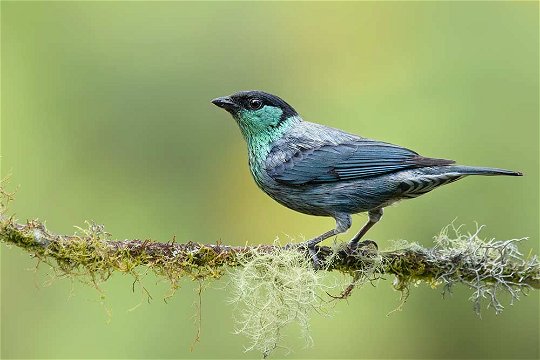
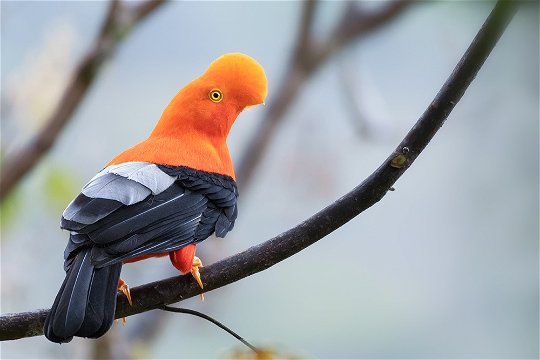
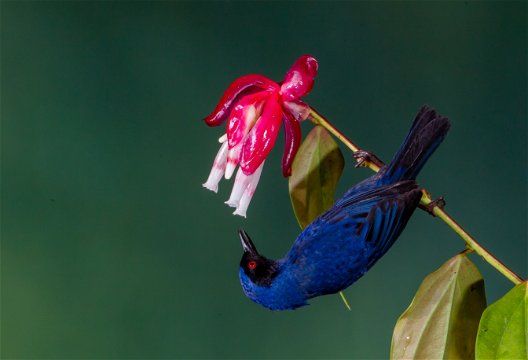
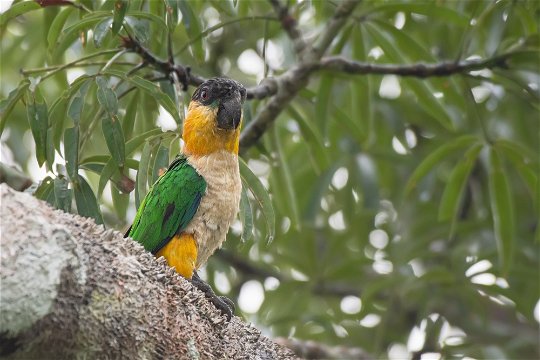
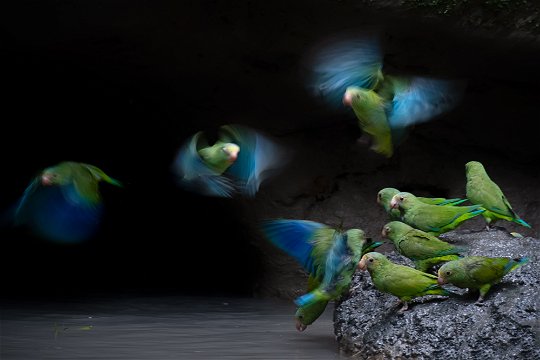
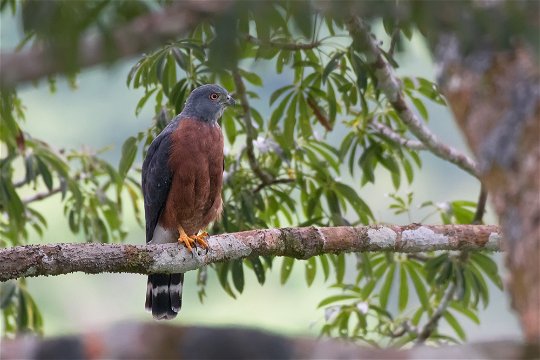

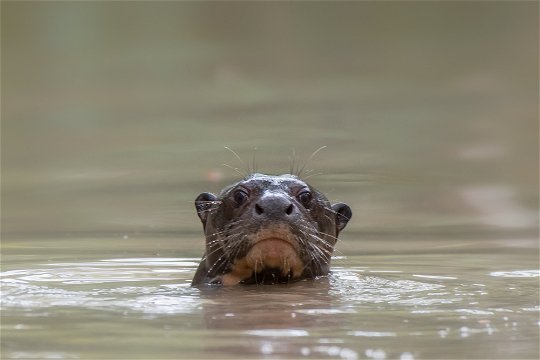
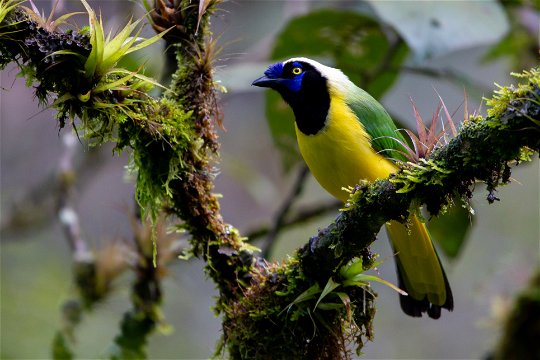



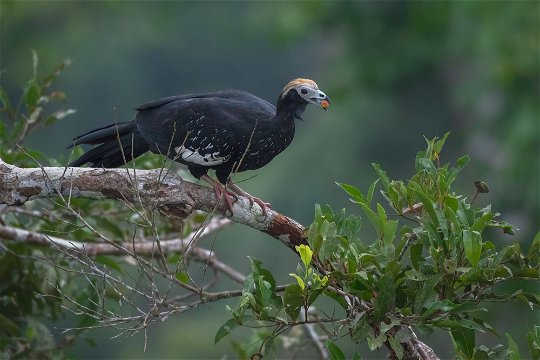

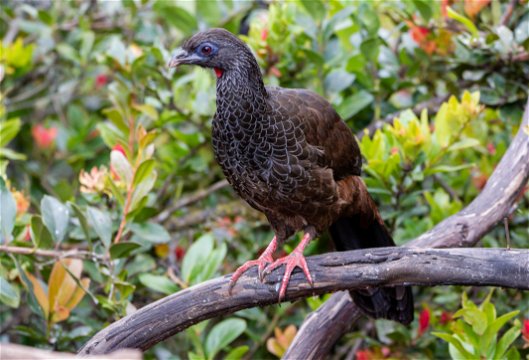
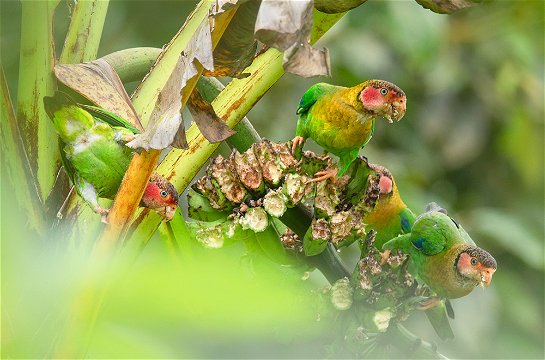

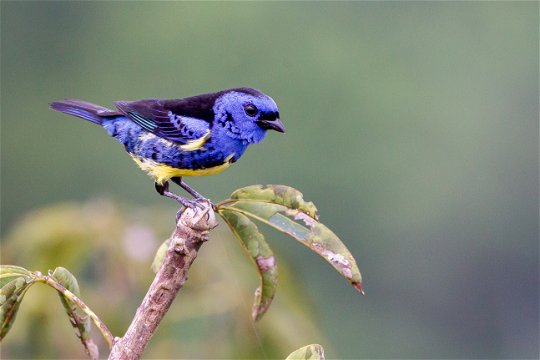
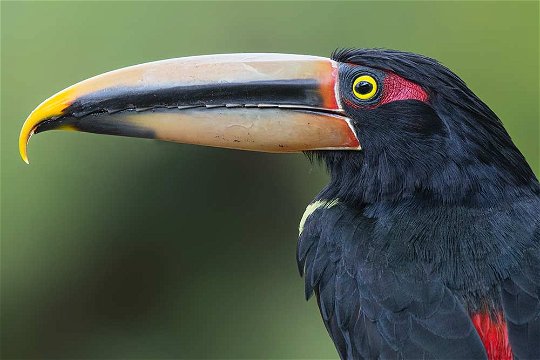
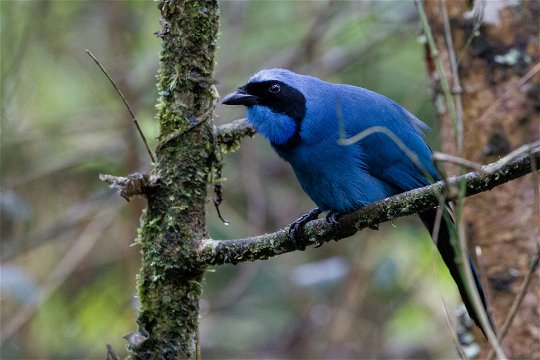
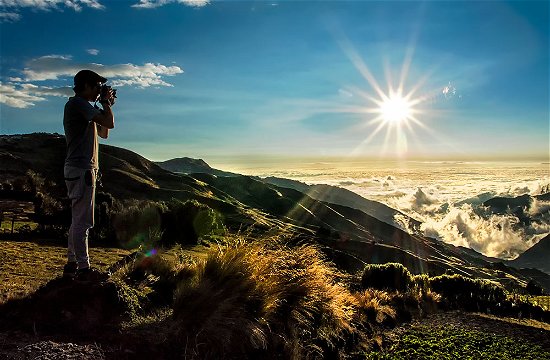

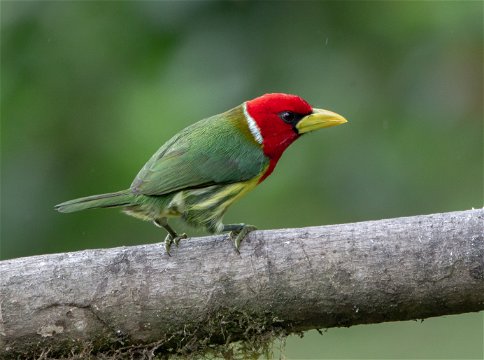
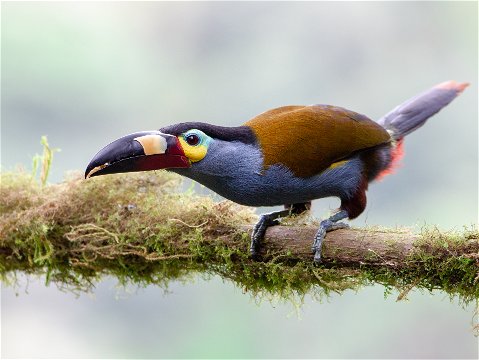
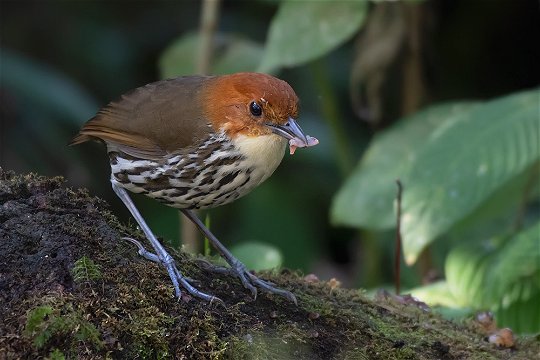
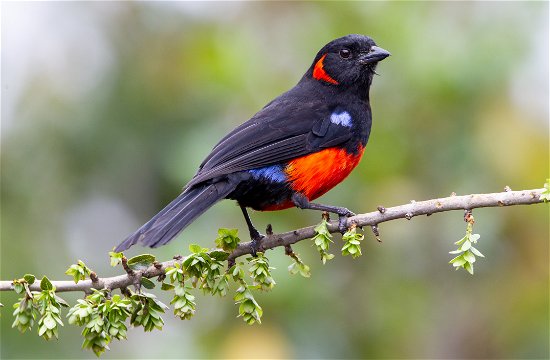

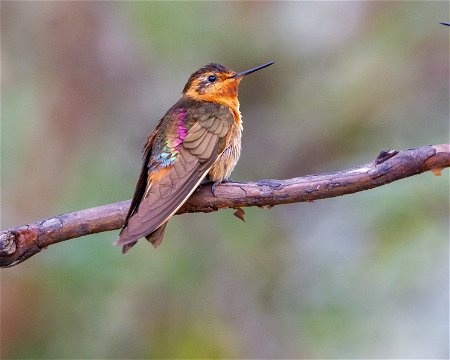
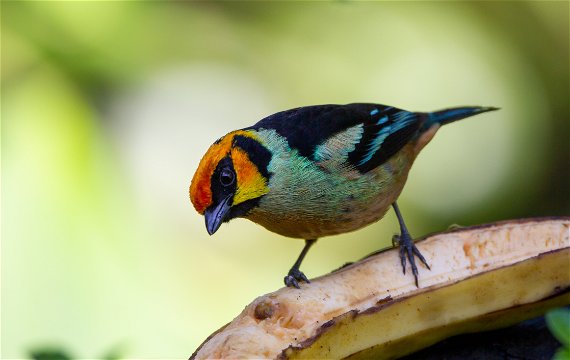
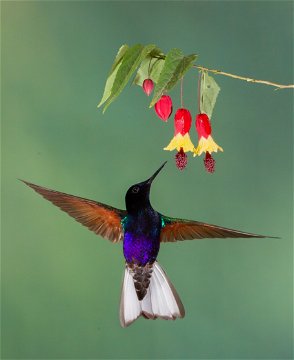
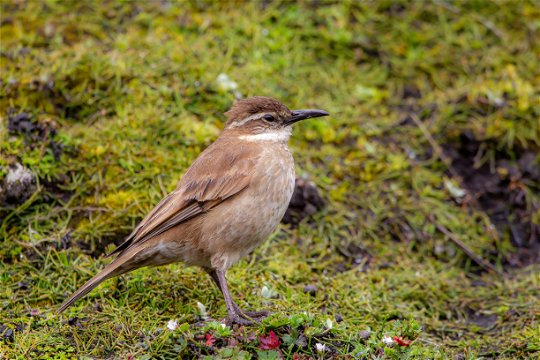
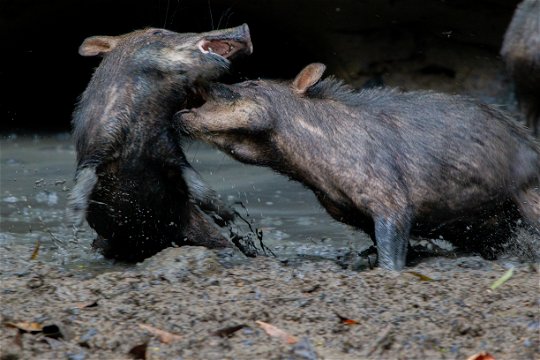
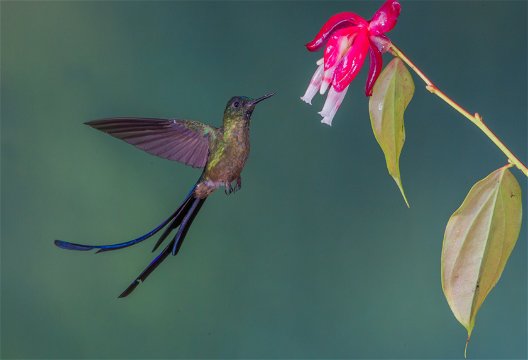
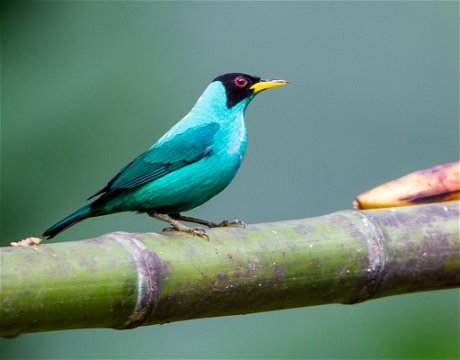



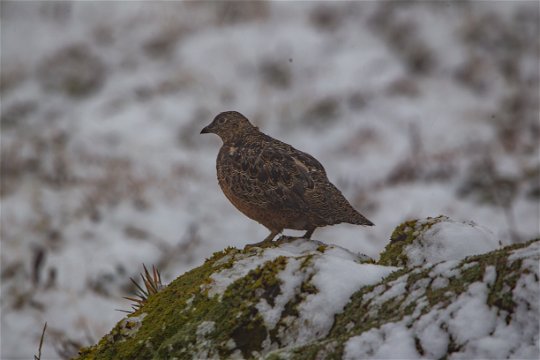
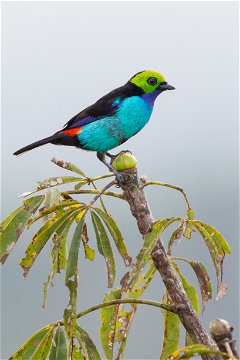
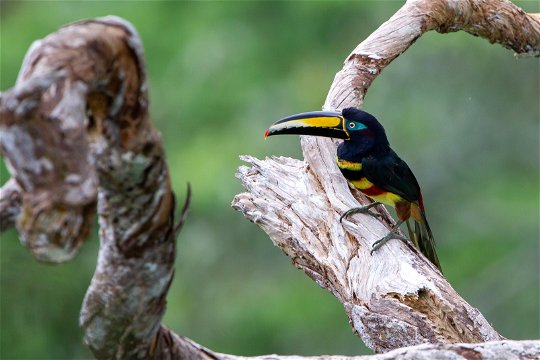
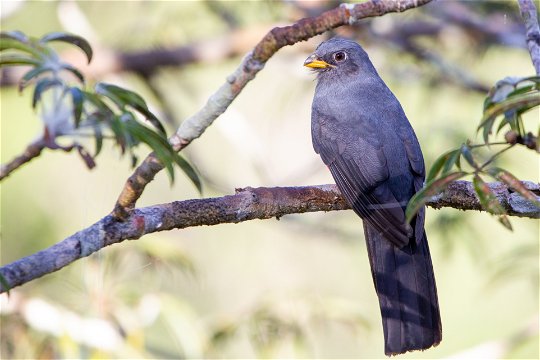
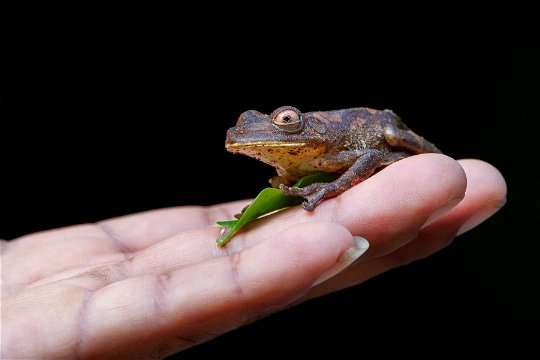
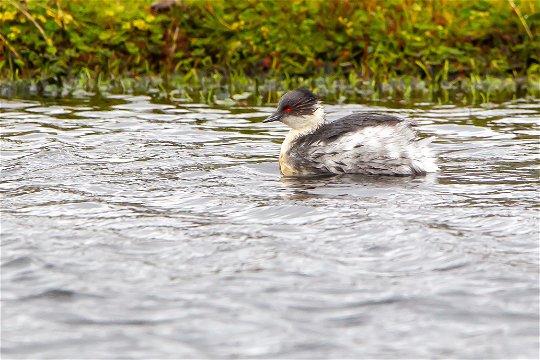
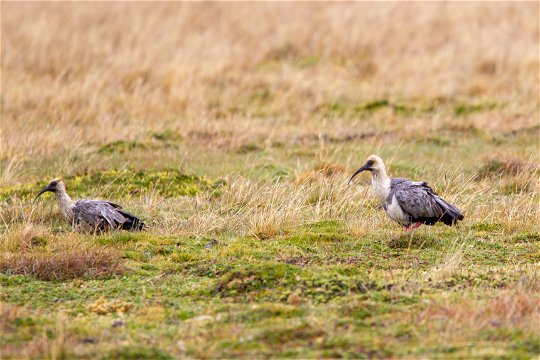
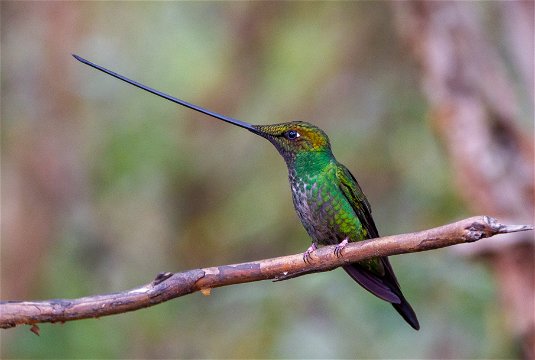
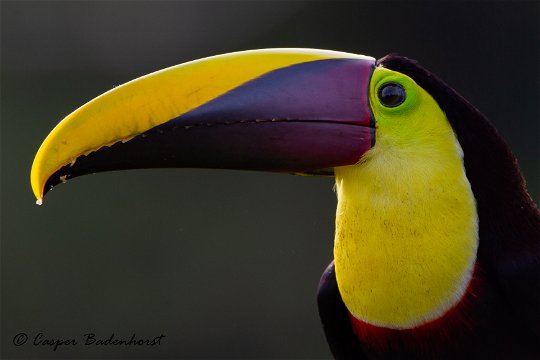

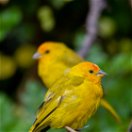

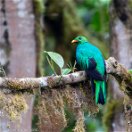
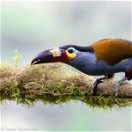
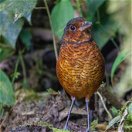
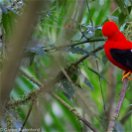
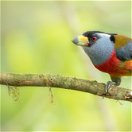
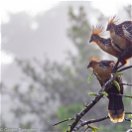
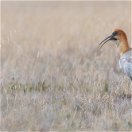




Share This Page